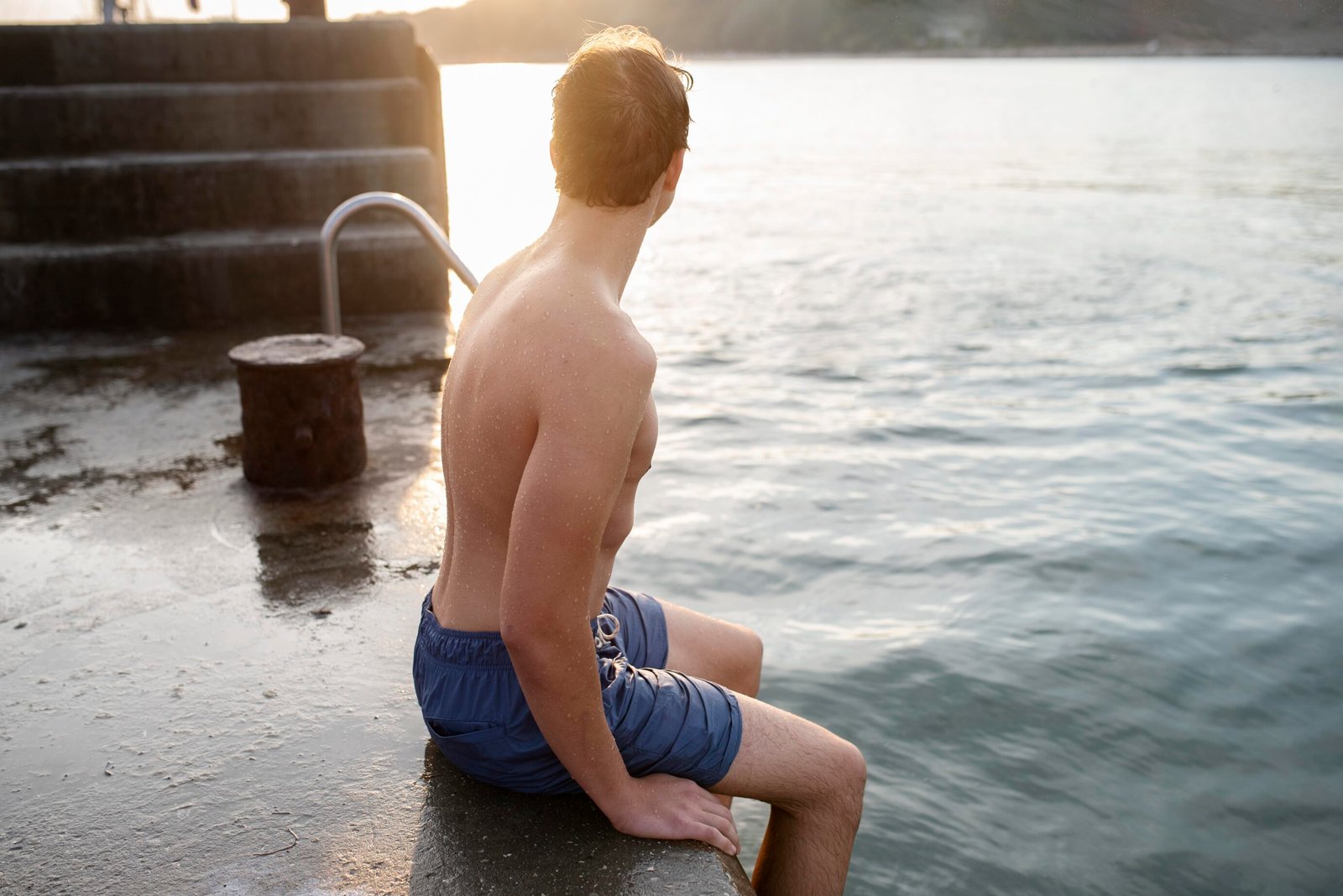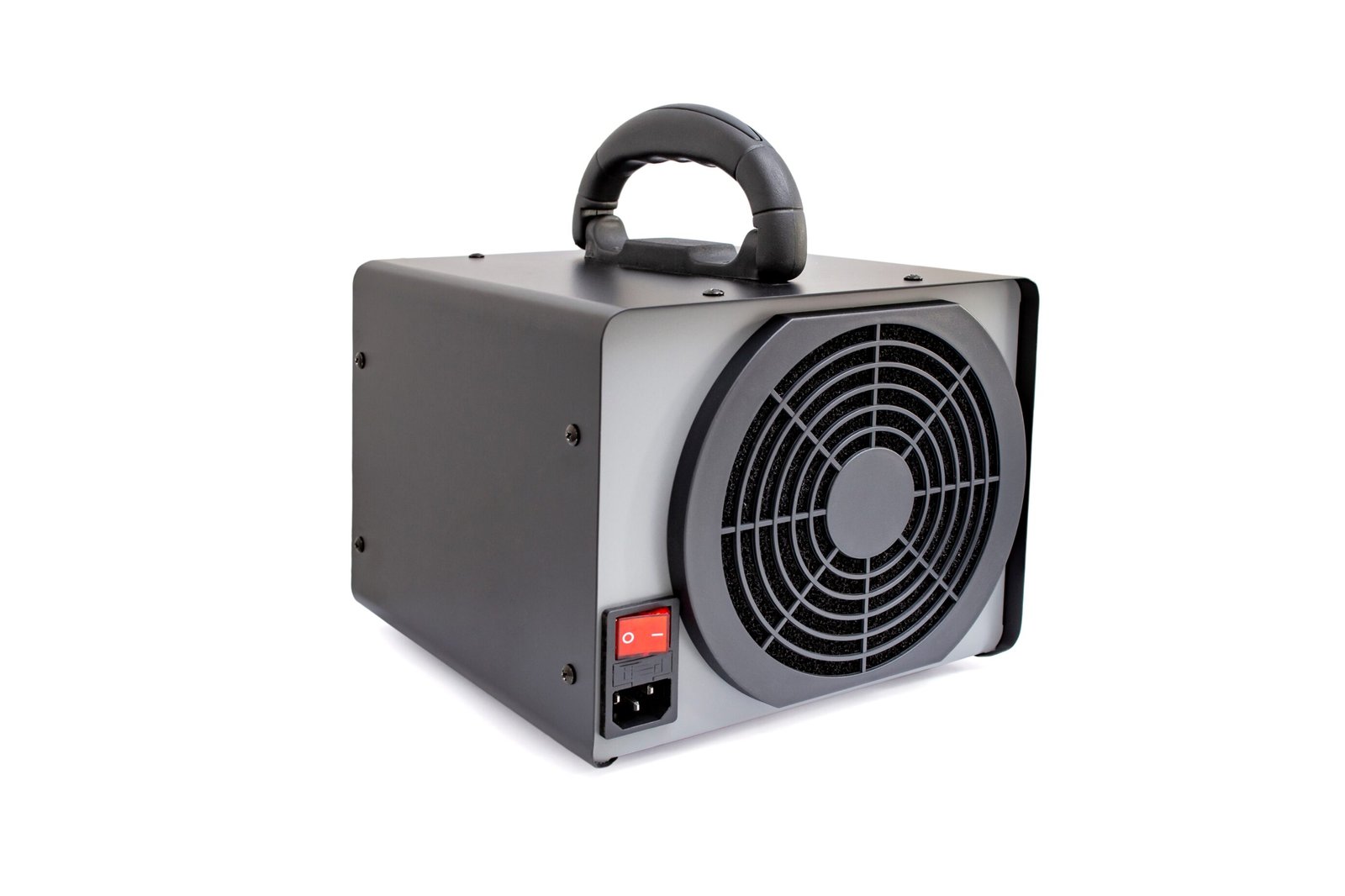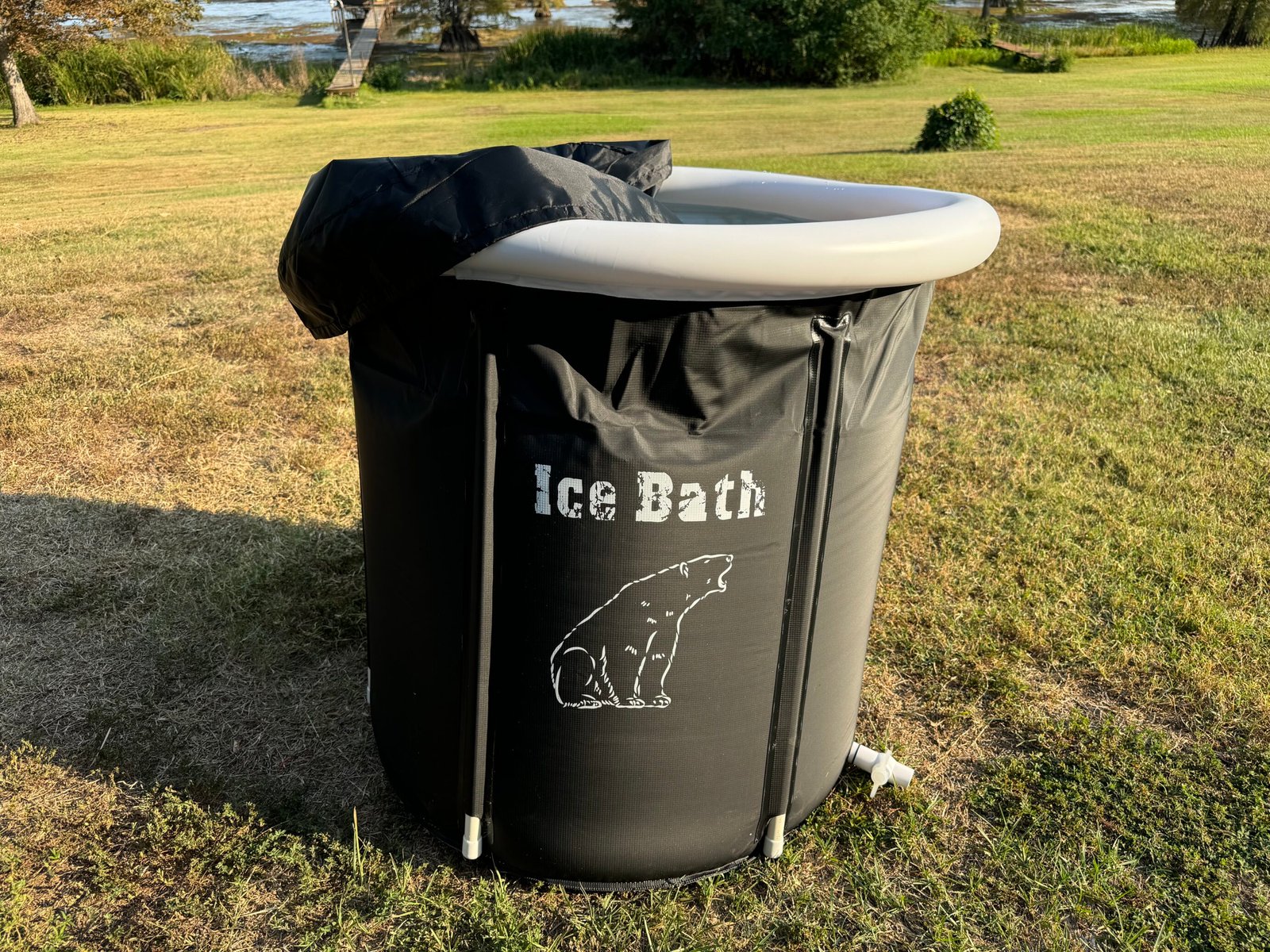Optimal Ice Bath Temperature, Duration, and Frequency for Specific Goals

Ice baths, known as cold water immersion therapy, are widely recognized for speeding up recovery, reducing inflammation, and enhancing mental health.
However, the effectiveness of ice baths can vary depending on the temperature, duration, frequency, and time of day, all of which should be tailored to individual goals such as endurance, recovery, mental well-being, or injury recovery.
Personal experience, specific goals, and cold tolerance play a significant role in determining the best approach to cold therapy.
Benefits You can expect:
decreases in:
• ApoA to ApoB ratios • Homocysteine levels • Oxidative stress • ACTH and cortisol • Antibodies • Insulin • Uric acid • Your risk for upper respiratory tract infections • Depression • Pain • Inflammation • Muscle soreness • Recovery time after exercise • The growth of tumors.
increases in:
• Thyroid stimulating hormone and T3 • T cells • White blood cells • Zinc • Noradrenaline • Insulin sensitivity • Mental resilience
guidelines for specific goals
1. For Those Seeking to get all of the benefits listed above
- Duration: 11 minutes
- Temperature: Uncomfortably cold (most likely under 55°F (13°C))
- Frequency (per week): 2-4 short sessions up to 11 total minutes per week
- Time of Day: Any time you can
2. For those Seeking Faster Recovery after resistance training
- Duration: 5 minutes
- Temperature: Uncomfortably cold (most likely under 55°F (13°C))
- Frequency (per week): 2-4 sessions
- Time of Day: Immediately after your workout
- *Note: Some research has shown decreased muscular gains due to excessive cold water immersion. However, it’s still an effective method for those wanting to reduce post-exercise inflammation and are not concerned with hypertrophy, muscle, and strength gains.
3. For those seeking faster recovery after endurance exercise
- Duration: 5-15 minutes
- Temperature: Uncomfortably cold (most likely under 55°F (13°C))
- Frequency (per week): Up to 4 sessions per week would likely yield optimal results
- Time of Day: After your cardiovascular sessions (runs, bikes, swims).
- *Note: Endurance athletes looking to recover from soreness faster could benefit from this more than endurance athletes looking to encourage muscular gains. I would encourage endurance athletes to take an ice bath in peak season within 30 minutes after a tough race to recover faster, but not an ice bath after regular runs during the rest of the year. This will allow you to adapt to the stress and become stronger and faster.
4. For Those with Injuries Looking to Speed Up Recovery
- Duration: 5-15 minutes
- Temperature: Again, (most likely under 55°F (13°C))
- Frequency (per week): Up to 4 sessions per week would likely yield optimal results
- Time of Day: Any time you can
Tips
- Experiment with different temperatures, durations, and times per week to determine what works best for you.
- Be consistent. If you want long-term benefits, you need to ice bath consistently.
- Avoid taking ice baths close to bedtime as you may find it difficult to fall asleep after.
Important Considerations
Building Cold Tolerance:
Cold tolerance improves with time. Beginners might start with a higher temperature (e.g., 55°F) and gradually lower it over a few months as their body adapts. This gradual adaptation helps avoid shock and discomfort while still gaining benefits.
Avoiding Comfort Zones:
To continue reaping benefits, it’s important not to get too comfortable. Regularly challenging yourself with slightly colder temperatures or longer durations can prevent plateaus in progress.
Safety Precautions:
Never exceed 15 minutes in an ice bath to avoid risks like hypothermia. Always inform someone before starting an ice bath, especially when alone, to ensure help is available in emergencies.
Complementary Recovery Methods:
Ice baths should be part of a broader recovery plan, including stretching, active recovery, and proper nutrition, to maximize results and maintain overall health.
FAQs
Can I still benefit from the 11-minute sessions if I choose to go longer or shorter?
While the research shows that 11 minutes of uncomfortably cold water immersion is the most optimal protocol for experiencing the benefits listed above, it does not mean that if you choose to stay in longer or shorter, you will not get any of those benefits. This means that, based on the research, you should follow that guideline if you want to experience all of the benefits.
What if I work out in the evening but still want to ice bath?
You can take an ice bath after your evening workout. However, avoid taking one too late at night as it might disrupt sleep due to the body’s drop in temperature.
What should I wear during an ice bath?
Wear minimal clothing, such as swimwear or compression shorts, to maximize skin exposure to the cold water. Socks on the hands and feet can help more than you think.
What should I do after an ice bath?
For the best results, let your body warm up naturally by air drying. If just starting out wearing warm clothing and possibly engaging in light movement can be helpful. If you are still too cold after a while, consider taking a warm shower.
Can I get the same benefits with a cold shower?
Cold showers can offer some benefits but may not be as effective as ice baths due to the less intense cold exposure. Ice baths allow for more controlled and consistent cold immersion.
What should I do during an ice bath to make the most of it?
Stay calm, breathe deeply, and focus on relaxation. Distract yourself with music or meditation to help endure the cold and maintain the duration.
What’s the best way to cool the water
With a water chiller. This device is necessary for regular plunges and can save you hundreds in the long-run. It also just makes the process so much simpler and faster.
Medical Disclaimer
The information contained in this post is for informational and educational purposes only. It is not intended to provide medical advice or to take the place of such advice or treatment from a personal physician. All readers/viewers of this content are advised to consult their doctors or qualified health professionals regarding specific health questions or before embarking on any new health or wellness routine, including saunas and cold plunging. Neither the author(s) nor the publisher of this content take responsibility for possible health consequences of any person or persons reading or following the information in this educational content. All viewers of this content, especially those taking prescription or over-the-counter medications, should consult their physicians before beginning any cold plunging routine or other health or wellness program.








